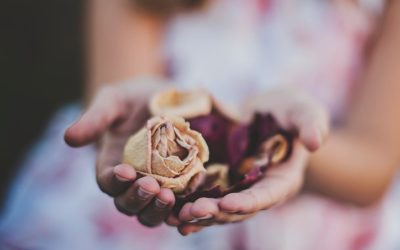Known as “the City of the Silent,” Colma, California is home to more than one million dead.
Located near the northern end of San Francisco, Colma’s dead outnumber their living population by nearly a thousand to one. According to the 2010 census, Colma’s living population is 1,792, while their dead count is 1.5 million as of 2006. Their cemeteries take up about 73% of city’s land area.
Their humorous motto, “It’s great to be alive in Colma!” shows that they have fun with their reputation. So let’s explore how this “City of the Silent” became the home of so many cemeteries.
How Did the Dead End Up in Colma?
During the late 1800s, San Francisco’s cemeteries ran out of space due to diseases during the Gold Rush. Then in 1900, the Board of Supervisors of the County of San Francisco banned cemetery expansion and new burials. All the cemeteries were so full that in 1914, they decided to remove them and relocate them.
They chose Lawndale — which changed its name to Colma in 1941 — because of its farmland that was suitable for cemeteries. By 1924, the cemeteries emerged in Colma and the process of transporting more than 150,000 bodies began, which took until the 1940s to complete.
The body transportation was free, but families had to pay $10 if they wanted the headstone transported, too. They also had to pay if they wanted an individual burial instead of a mass burial. If the family didn’t pay or couldn’t be found, the headstones were left behind and recycled for other uses. For this reason, many graves remain unmarked.
From Cemeteries to a University
So what happened to the land that used to be these cemeteries’ home? Today, it’s home to the University of San Francisco.
When construction of the University began, construction workers discovered that they missed a few bodies.
In 1950 when construction for Gleeson Library began, construction workers stumbled upon about 200 bodies. And in 1966 when they built Hayes-Healy Residence Hall, they found so many human bones that they temporarily stopped construction. Even as recent as 2011 when construction of the John Lo Schiavo, S.J. Center for Science and Innovation began, they found about 55 coffins and 29 skeletons.
Colma Today
To this day, human bones still turn up when there’s construction at the University of San Francisco. The recycled headstones can be found throughout the whole city of Colma as building material and other uses. Some went to Ocean Beach to help stop coastal erosion, while others are in Buena Vista Park as gutter linings.





0 Comments